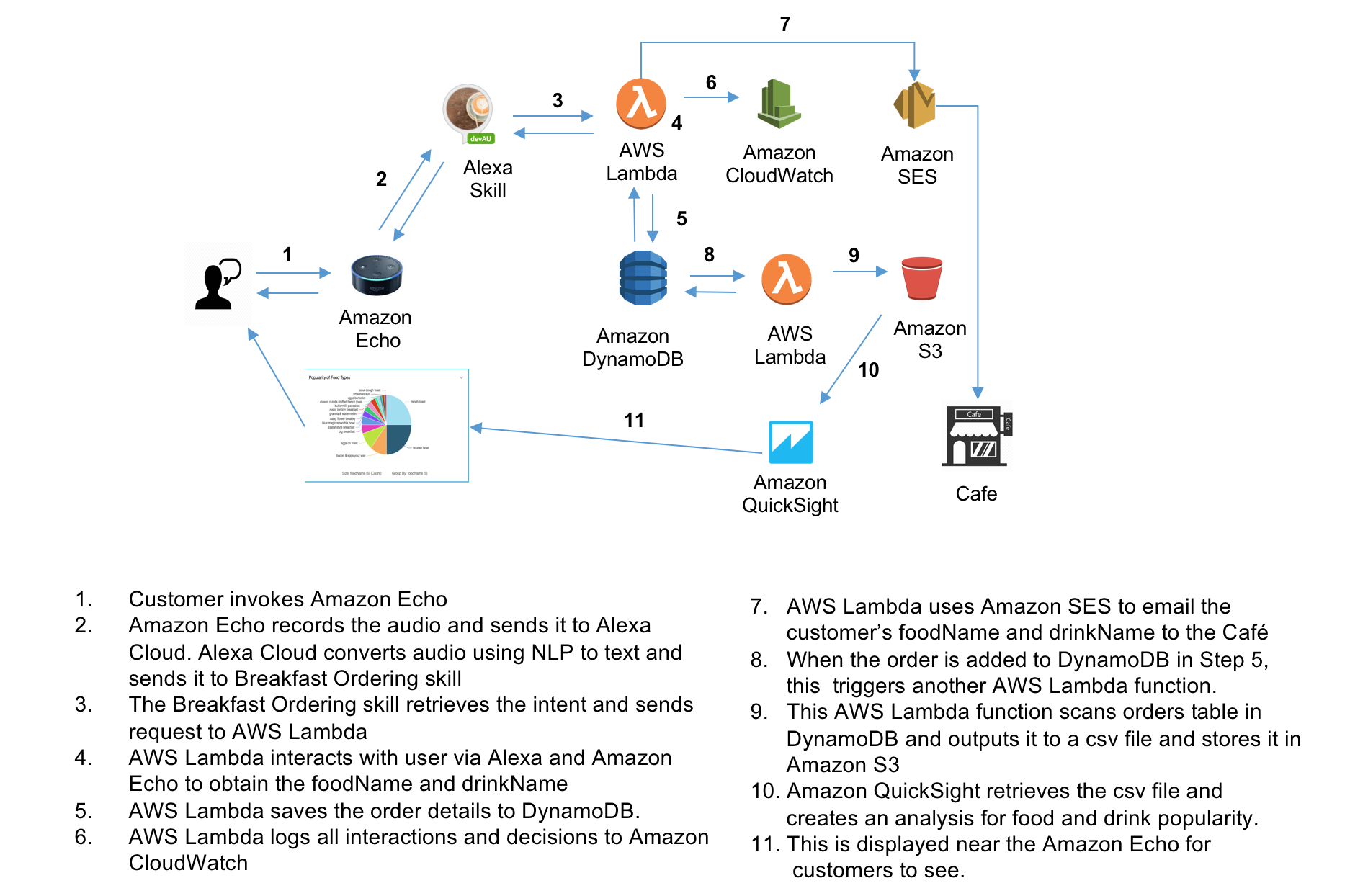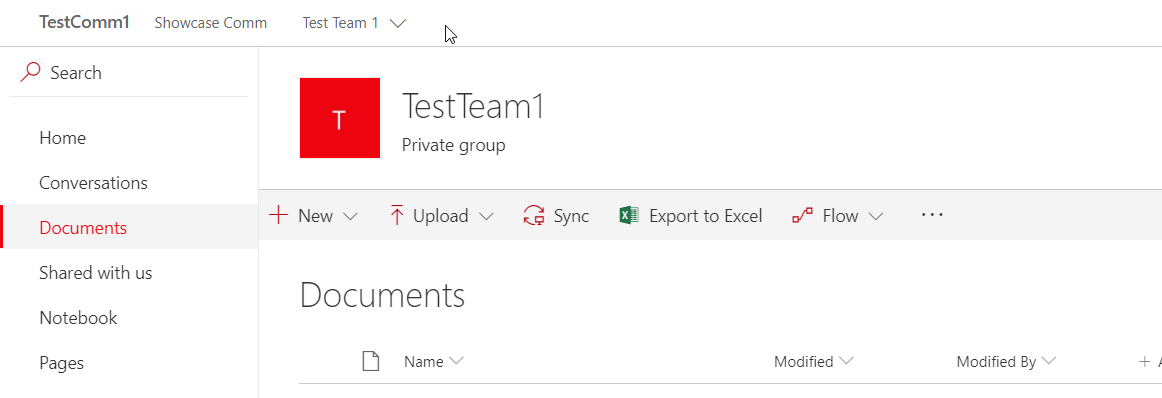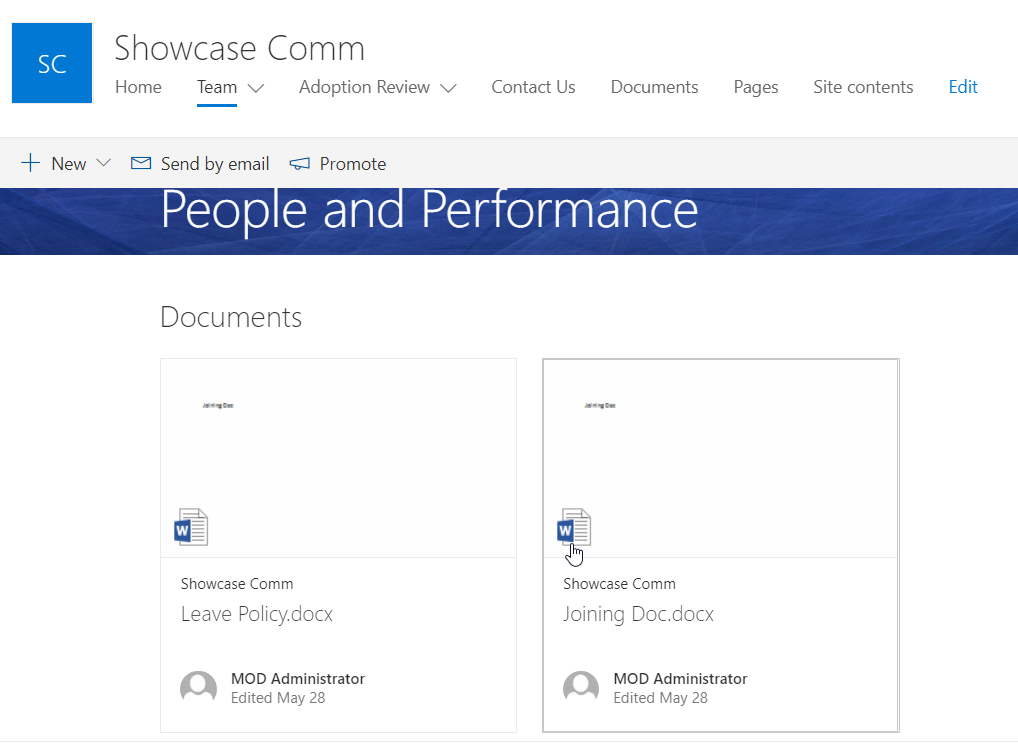
If you are planning to implement or implementing Modern team sites or Communication sites, there is change in best practices for planning and managing the Sites structure, Site Hierarchy and Navigation. This is a very common question during my presentations – how do we manage site structures, navigation and content in Modern experiences.
So, in this blog, we will look at few strategies for planning Site structure and Navigation in Modern Experience sites.
1. First and foremost, get rid of nested subsites and Site hierarchy navigation. Recently Microsoft has been pushing for Site Collections flat structure with Modern Team and Communication sites, which adds a lot of benefit for managing isolation and content. So, the new approach – Flat Site Collections and no Subsites. (There are various advantages of flat structure site collections which will be listed in another upcoming blog)
2. Secondly, to achieve a hierarchy relationship among sites such as Navigation, news items, search etc, use Hub Sites. Hub sites are the new way of connecting SharePoint site collections together. Besides, they have added advantage of aggregating information such as News and Search results from related hub associated sites. So, create a Hub site for Navigation across related sites.
3. A best candidate for Hub sites, in my opinion, is Communication sites. Communication sites have a top navigation that can be easily extended for Hub sites. They are perfect for publishing information and showing aggregrated content. However, it also depends on if the Hub site is meant for a team and business unit or company as a whole. So, use Communication as a Hub site if targeting all company or a major group.
4. One Navigation structure – Quick launch (Left hand) is Top Navigation for Communication sites. So no need to maintain two navigations. If you ask me, this a big win and removes a lot of confusion for end users.
5. Quick launch for Modern Team and Communication Sites allows three level sub hierarchy which allows to define a nested custom hierarchy structure for Navigation which could be different from the content structure and site structure.
6. Focus on Content, not on Navigation or location of Content, through new Modern web parts such as Highlighted content, Quick links etc. which allow you to find content anywhere easily.
7. Finally, few limitations of Modern Site Structure and Navigation (as of June 2018) for reference. Hopefully, this will be changed soon.
-
- Permissions management still needs to be managed at each Site Collection, no nested structure there yet. Yet it is possible to use AD groups for consistent permissions set up
- Office 365 Unified Security Groups cannot have AD or other Office 365 groups nested for Modern Team sites. But SharePoint site permissions could be managed through AD groups
- Contextual Navigation bolding is missing in Hub sites i.e. if you click on the link to move to a child site then navigation is not automatically bolded, but this might be coming soon.
- Navigation headers in Modern sites cannot be blank and needs to be set to a link
Conclusion:
Hence in this blog, we looked at an approach for Modern site structures, hierarchy and navigation.
